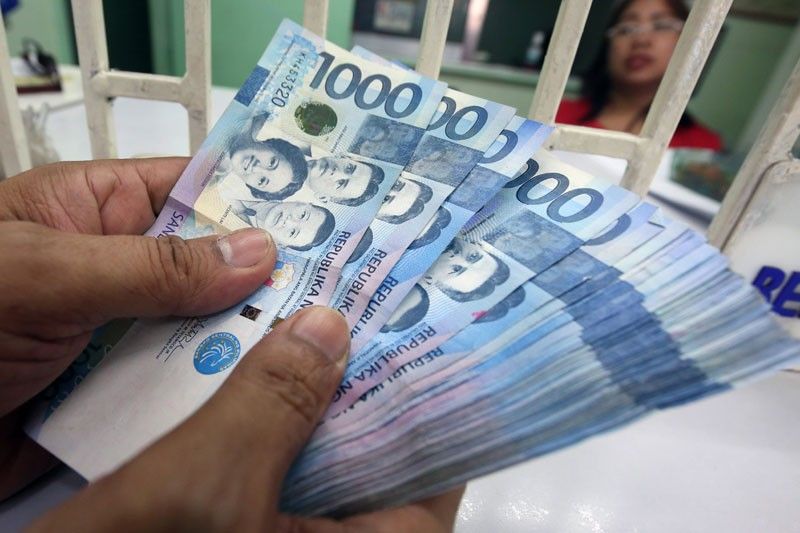Philippines: Capital flows at risk from current account gap
MANILA, Philippines — The widening of the current account deficit may increase the country’s exposure to potential sudden capital outflows, according to S&P Global Ratings.
In a report, S&P said it is closely monitoring the current account balance of the Philippines.
According to a report from the Bangko Sentral ng Pilipinas (BSP), the country posted a current account surplus of $28 million from January to September last year, reversing the $454 million deficit in the same period in 2016.
The central bank attributed the reversal to the increase in net receipts in the trade-in-services and secondary and primary income accounts that negated the widening of the trade-in-goods deficit.
The CA position is an important indicator about the economy’s health. It is the sum or the balance of trade in goods and services less imports, as well as the net income from abroad and net current transfers.
S&P said it would continue to watch the current account given slower remittance inflows, higher energy prices, and rising imports.
“Although we do not expect a significant widening of the deficit under our baseline, such as scenario would increase the Philippines’ exposure to potential sudden capital outflows in times of market panic,” it said.
The BSP expects the country to book a current account deficit of $700 million or 0.2 percent of gross domestic product (GDP) this year from a small shortfall of $100 million last year.
BSP managing director for the Monetary Policy Sub-Sector Francisco Dakila Jr. earlier said the projected shortfall in the country’s current account (CA) position is way below alarming levels.
He pointed out the projected current account deficit of 0.2 percent of gross domestic product (GDP) for this year is way below the international ceiling of five percent of GDP.
Source: https://beta.philstar.com/business/2018/02/23/1790405/capital-flows-risk-current-account-gap#kkGqJl4VcMSObgkz.99


 Thailand
Thailand




